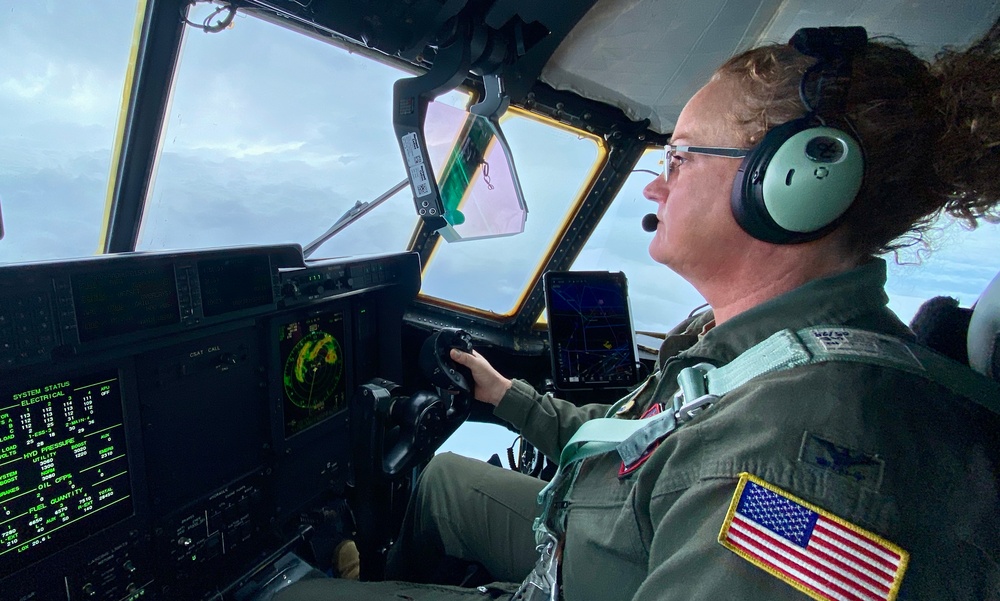DVIDS – News – NOAA, U.S. Navy agreement will increase Nation’s operations of unmanned maritime systems worldwide
NOAA and the United States Navy have signed a new agreement to jointly expand the development and operations of unmanned maritime systems in the Nation’s coastal and world’s ocean waters. This new agreement will enable NOAA to leverage the Navy’s expertise, infrastructure, best practices and training to accelerate its science, service and stewardship mission.
“With the strengthening of our ongoing partnership with the Navy, NOAA will be better positioned to transition unmanned maritime technologies into operational platforms that will gather critical environmental data that will help grow the American Blue Economy,” said retired Navy Rear Adm. Tim Gallaudet, Ph.D., assistant secretary of commerce for oceans and atmosphere and deputy NOAA administrator.
NOAA conducts research and gathers data about the global ocean and atmosphere to forecast weather, predict climate, protect the ocean and sustainably manage marine resources. These missions rely on a continuous process of testing and evaluation of new technologies such as unmanned systems to improve data gathering.
The Naval Meteorology and Oceanography Command’s mission is to define the physical environment from the bottom of the ocean to the stars to ensure the U.S. Navy has freedom of action to deter aggression, maintain freedom of the seas and win wars. For over twenty years, Naval Oceanography has been a global pioneer in the development and use of unmanned systems.
“This agreement lays the foundation for collaboration, engagement, and coordination between NOAA and the U.S. Navy that our Nation has never seen before,” said RDML John Okon, Commander Naval Meteorology and Oceanography Command. “It will help us take advantage of each other’s strengths to advance each of our strategic and operational mission priorities.”
The new agreement corresponds with rapid expansion and innovation in the use of unmanned systems across the government, academia and private enterprise. A timely example of how NOAA and the Navy are working together with unmanned systems is the ocean unmanned glider project to improve hurricane prediction. For the third year, NOAA, the Navy, academia and private industry are deploying unmanned ocean gliders from the Caribbean Sea to the eastern seaboard that demonstrate unmanned maritime system’s observations can improve hurricane intensity forecasts.
The new agreement formalizes the Commercial Engagement Through Ocean Technology Act of 2018, that directs NOAA to coordinate with the Navy on a wide range of functions including research of emerging unmanned technologies, protocols for acquisition of these systems, and sharing facilities for testing and evaluation. The new agreement is an annex to the broader NOAA and Navy Memorandum of Agreement signed in 2013.
Additionally, this agreement is among NOAA’s follow up actions from the November 2019 White House Summit on Partnerships in Ocean Science and Technology and is an outcome of the NOAA Unmanned Systems Strategy. It also aligns with the Executive Order on Maintaining American Leadership in Artificial Intelligence.
| Date Taken: | 08.04.2020 |
| Date Posted: | 08.04.2020 11:40 |
| Story ID: | 375238 |
| Location: | STENNIS SPACE CENTER, MS, US |
| Web Views: | 195 |
| Downloads: | 1 |
PUBLIC DOMAIN
This work, NOAA, U.S. Navy agreement will increase Nation’s operations of unmanned maritime systems worldwide, must comply with the restrictions shown on https://www.dvidshub.net/about/copyright.


 Private Internet Access gives you unparalleled access to thousands
of next-gen servers in over 83 countries and each US state. Your
VPN experience will always be fast, smooth, and reliable.
Private Internet Access gives you unparalleled access to thousands
of next-gen servers in over 83 countries and each US state. Your
VPN experience will always be fast, smooth, and reliable.
